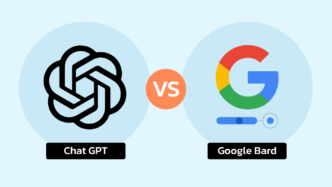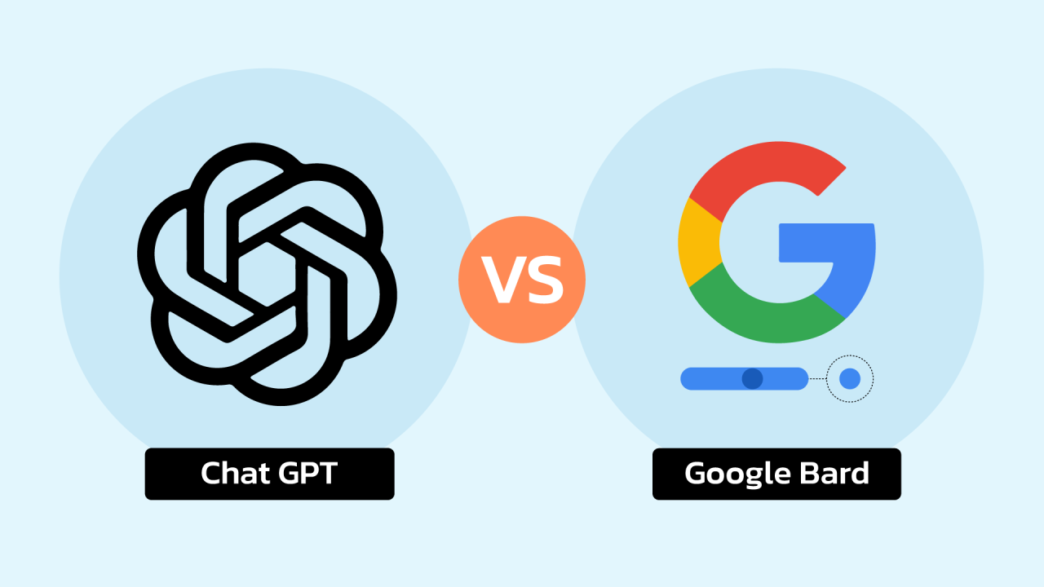As AI tools like Google Bard and ChatGPT continue to get better, their impact on search engine optimisation (SEO) strategies is clear. Both are great at content generation but have different features and functionalities that will shape how marketers approach SEO. This article will explore the implications of Google Bard and ChatGPT for SEO content strategies so you can decide which one is best for your business.
What is Google Bard and ChatGPT
Google Bard
- Built by Google, Bard uses Google’s Knowledge Graph and real-time data to generate answers that are contextually accurate and up-to-date.
- Creates concise, info-dense content.
- Integrates with Google’s ecosystem, including Search and Maps.
ChatGPT
- Built by OpenAI, ChatGPT uses a large language model to generate creative, conversational and in-depth content.
- Limited to information up to its last training cut-off (as of the latest release, this is 2023).
- Has plugins for real-time browsing and third-party integrations in some versions, so it can do more.
SEO Content Strategy: Key Points to Consider
- Content Freshness
- Google Bard’s ability to access real-time data gives it a big advantage in creating fresh content. For example, it can write articles on breaking news or trending topics with up to date information.
- ChatGPT is robust but relies on historical data unless you add real-time plugins. So it’s good for evergreen content or topics that don’t need real-time updates.
- Search Intent and Relevance
- Bard’s integration with Google Search means it understands user intent. Its outputs are optimised for search algorithms so your content could rank higher in search engine results pages (SERPs).
- ChatGPT’s conversational tone is better for content that engages, like blog posts or FAQs, but may need additional optimisation for search intent.
- Content Quality and Creativity
- ChatGPT is great at generating long-form creative content. It can mimic different writing styles and craft detailed stories so it’s good for storytelling.
- Bard is more concise and factual so it’s good for listicles, summaries and how-to’s that answer user queries directly.
- Voice Search Optimisation
- Bard’s focus on concise and accurate answers is perfect for voice search where users expect quick and clear answers.
- ChatGPT’s conversational tone can also work for voice search but may need tweaking for brevity and clarity.
- Customisation and Control
- ChatGPT has more tone, style and length options. Users can tell the AI what type of content to generate with specific prompts.
- Bard is more restricted and prioritises accuracy over creativity.
SEO Applications
Use Cases for Google Bard
- Meta descriptions for SERPs.
- Current events or trends content.
- Informational pages insights.
Use Cases for ChatGPT
- Blog posts or whitepapers.
- Product descriptions and email campaigns.
- Quizzes or chatbot scripts.
Google Bard and ChatGPT Together
Instead of seeing Bard and ChatGPT as rivals, SEOs can use both to supercharge their strategies.
- Use Bard for quick data-driven content and ChatGPT for long-form content.
- Combine Bard’s insights with ChatGPT’s storytelling for content that caters to different audience needs.
Challenges
- Google Bard: Lacks creativity in long form content, needs marketer input for engagement.
- ChatGPT: Relies on outdated info without plugins can be inaccurate for time sensitive topics.
Conclusion
Both Google Bard and ChatGPT have their own advantages that can impact SEO content. The choice between the two largely depends on the campaign’s needs – real time accuracy or creative depth. Knowing their strengths and limitations, businesses can create a hybrid approach to supercharge their SEO.




